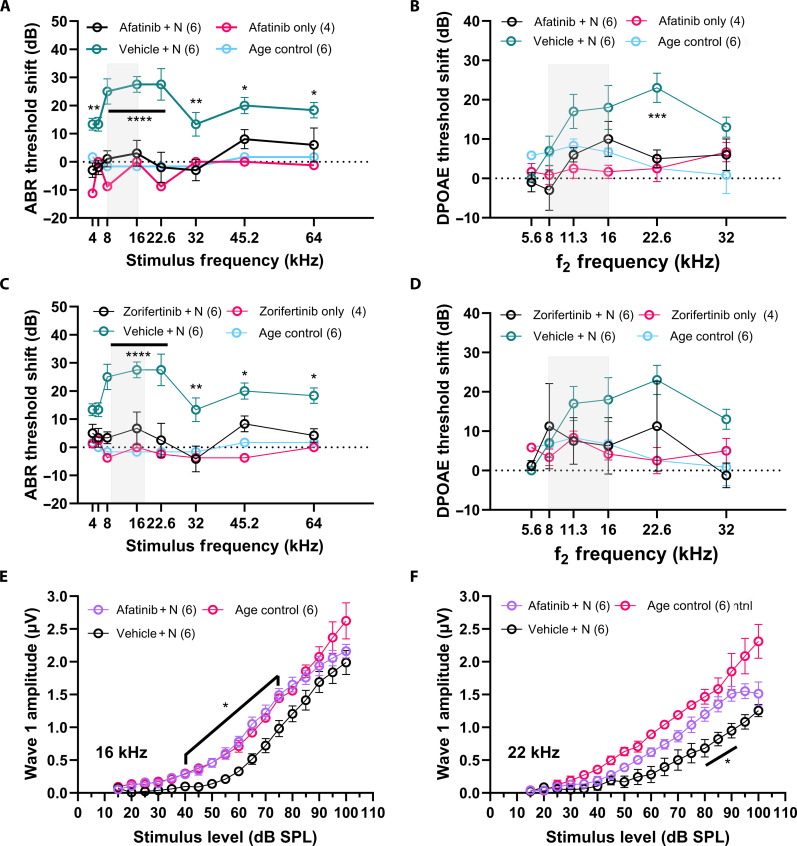Fig. 4. Afatinib and zorifertinib protect against noise-induced hearing loss in mice.
Adult FVB mice (4 to 7 weeks old) were exposed to noise trauma (8- to 16-kHz noise band at 100-dB SPL for 2 hours) indicated by the shaded box in the figures. (A) ABR threshold shifts 2 weeks after the noise exposure. Animals treated with four doses of afatinib 20 mg/kg per day ip (magenta) showed significant differences in the threshold shifts at all tested frequencies when compared to those treated with the vehicle (teal) (4 kHz **P = 0.0037, 5.6 kHz **P = 0.0089, 8,16, and 22.6 kHz ****P < 0.0001; 32 kHz **P = 0.0044; 45.2 kHz *P = 0.0478; 64 kHz *P = 0.0395). (B) DPOAE thresholds (a function of the outer hair cells of the cochlea; defined as the lowest level of f2 that produced an emission amplitude of 0-dB SPL and was also 6 dB higher than the corresponding noise floor). A significant difference in threshold was observed at 22.6 kHz (***P = 0.0005). (C) ABR threshold shifts 2 weeks after noise exposure. Animals treated with 5 doses of zorifertinib 15 mg/kg oral gavage showed significant protection at all tested frequencies above 16 kHz (8,16, and 22.6 kHz ****P < 0.0001; 32 kHz **P = 0.0011; 45.2 kHz *P = 0.0447; 64 kHz *P = 0.0112). (D) DPOAE threshold difference did not reach statistical significance. (E and F) ABR wave 1 amplitudes for 16- and 22-kHz stimuli respectively showed significantly larger amplitudes at suprathreshold levels in the afatinib-treated animals compared to the vehicle-treated (*P = 0.0085 to 0.0498 for 16 kHz and *P = 0.0233 to 0.0352 at 80- to 90-dB SPL for 22 kHz). Two-way ANOVA, Holm-Šidák post hoc test. Data are presented as means ± SEM, n = 4 to 6 per group. “+ N” indicates with noise exposure.

